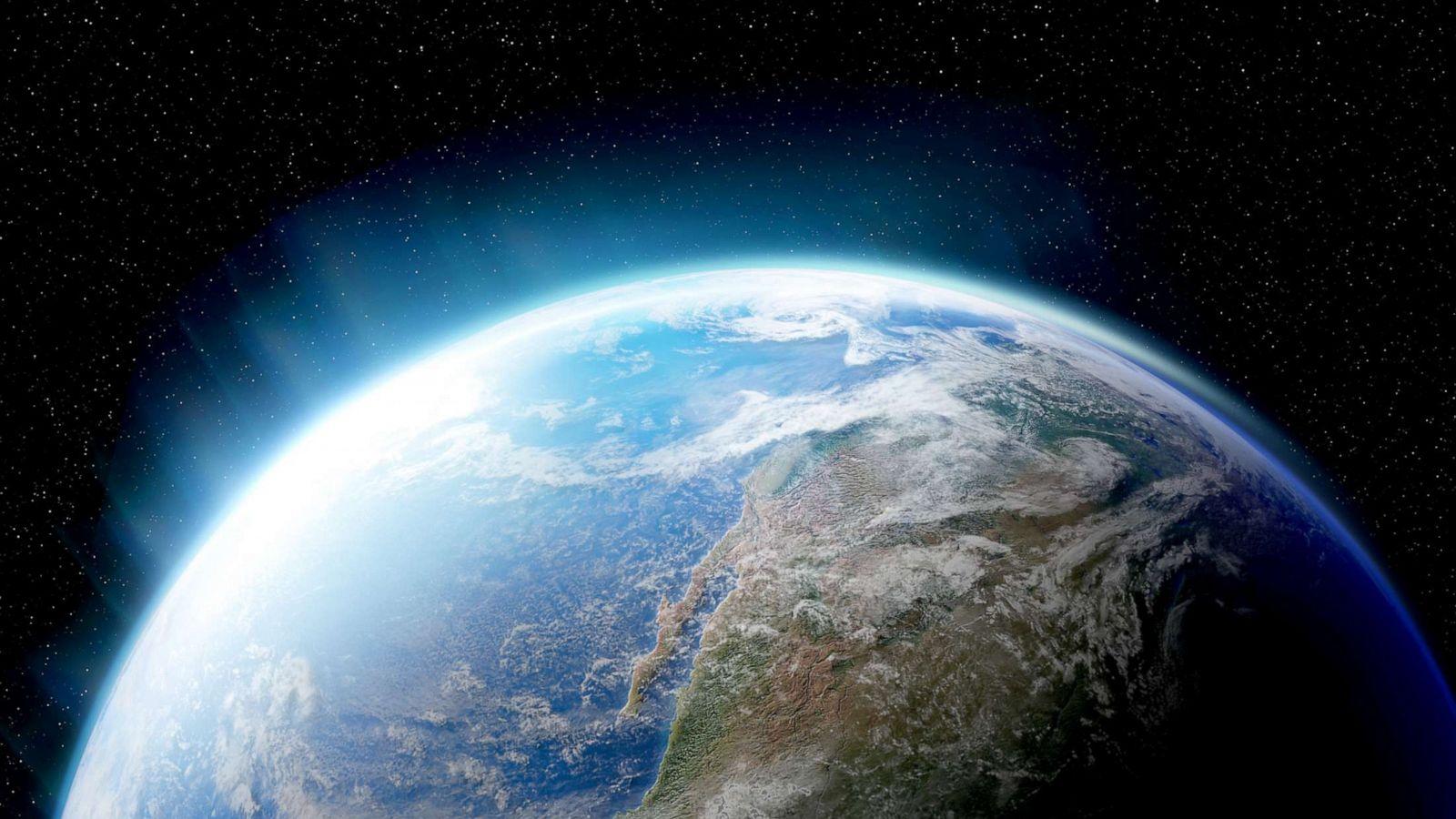
What Would Ben Franklin Do?
by Jocelyn Smerz
Blending Social Studies and Science with a focus on STEM principles. This lesson is one in a series of lessons examining Benjamin Franklin's contribution to science. Students learn about his inventions and how he used an evidence-based approach. In this lesson, students relate how he used mapping skills and scientific evidence to lead to his discovery of the Gulf Stream. Students will learn about the Gulf Stream and map its location. Students will design an experiment and create a thermometer as a tool Franklin would have used to gather evidence.
Lesson Plan Link/URL
https://docs.google.com/presentation/d/1Th4Rsv7JYvdrDnQF26nN1Ma_hU-1aaSm/edit?u…Subject Area
Science Earth and Space Science E1: Earth Systems Engineering S2: Apply the Engineering Design Process S4: Apply Science to Engineering English Language Arts (ELA) Reading (Informational Text) Speaking & Listening
Featured
Off
Related Content

Grades:
7th Grade, 8th Grade, 9th Grade, 10th Grade, 11th Grade, 12th Grade
This lesson is a whole unit on energy. It can be broken up into 10 separate lessons. I chose to put them all together so that it was easier to see how I organized them so you did not have to search

Grades:
5th Grade
In Part 2, after students have created the blueprint, the floor plan and the budget, they will then create the blueprint using the Tinkercad application. Students must make a house following the

Grades:
2nd Grade, 3rd Grade
Students will research a biome around the world, including 3 animals, 3 plants, and 3 nonliving parts of the ecosystem. Students will construct a diorama of the biome and illustrate a natural disaster